About Me
AR & VR EXPERT
I am a passionate Unity Developer working in the AR/VR industry for the past 5 years. During that time, I have started 3 VR startups ranging from 360 video production services to Location Based Entertainment to VR Development Studio. My role as CTO and founder has given me both creative and technical roles, and I have worked with major fortune 500 companies as well as Grammy award winning musicians, actors, and creatives.
Creating and running multiple startups means I have had to wear multiple hats over the years. This has given me an extensive understanding over a broad range of topics, from backend web apps to a wide variety of 3D immersive technologies. While coding has been my main strength, I can also handle 3D modeling, rigging, animations, and custom shaders. I have built large scale sculptures for projection mapping, multi-touch tables, immersive CAVEs, and interactive exhibits. Some of my recent work has even been featured on Ars-Electronica.
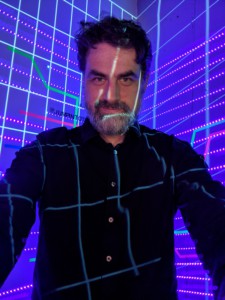
I consider myself a technical artist. I have a broad range of skills ranging from Video Production, Mixed Reality Capture, Motion Capture, Projection Mapping, 3D Scanning, Volumetric Video Capture, and AR/VR development.
I enjoy teaching and mentoring junior developers. There are so many aspects to game development, and bringing all the elements together to see a game come to life is really rewarding. Many of the students I have worked with have pursued grad school or ended up with careers in game design.
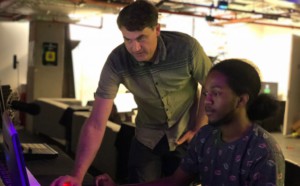
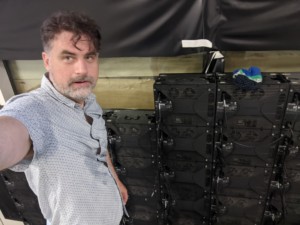
I have worked on many interactive and immersive exhibits. These include interactive video walls, 3D projection mapping, multi-touch tables, touchless displays, and custom musical instruments. My work has been shown at museums, festivals, and live performances.
I started filming in 360 back in 2007 with parabolic mirrors and DSLR cameras. Back then, it was mostly a hobby because I liked the warped images it produced. As technology progressed, I began experimenting with GoPro cameras and created a few custom 3D printed 360 rigs. I was able to design a stereo 3D 360 camera in 2015 before these were commercially available. There was no off the shelf software that could render stereo 3D 360 and I had to develop my own pipeline for rendering the videos which involved PTGUI templates and ffmpeg to combine the images into a video file.
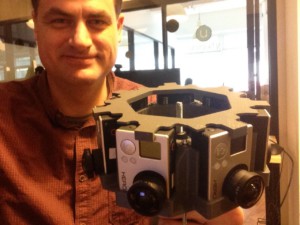
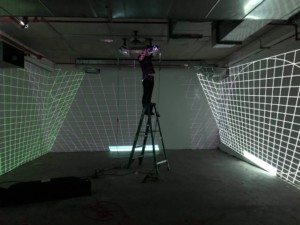
Projection mapping involves warping a 2D image to fit a 3D surface. When it comes to simple planar surfaces, we can treat the warped image as a homography, which is equivalent to a shift in camera perspective. I’ve written custom software that can warp an image to any planar surface simply by dragging the corners of the image to its respective position and save the configuration. The result is that any surface can be mapped by a collection of quads or triangles. I have a variety of projections available, including dome projection which can come in handy as well.
Mocap used to require an expensive setup reserved to only the hollywood studios. One major technological innovation to occur during this VR era, is that tracking hardware has come down in price considerably and it is now possible to have a high end motion capture studio on a tight budget. I’ve used a variety of mocap solutions, including markerless mocap using Kinect sensors, to active mocap sensors like Perception Neuron, and also using Vive trackers. This can be combined with facial mocap rigs, to give a pretty decent full body mocap solution.





